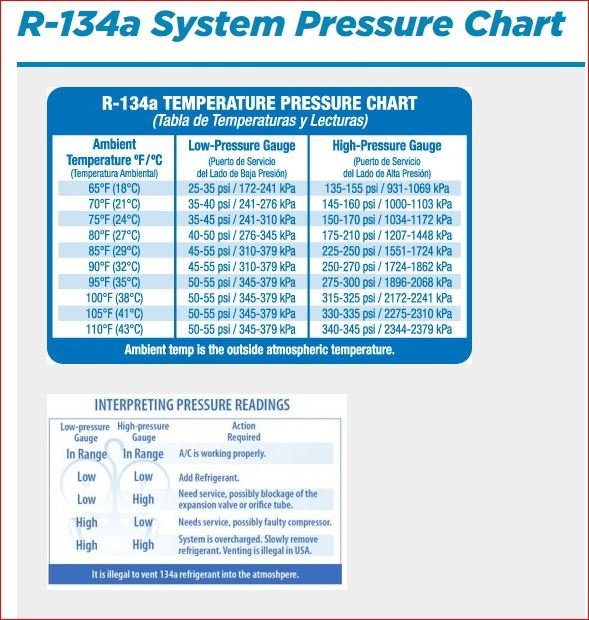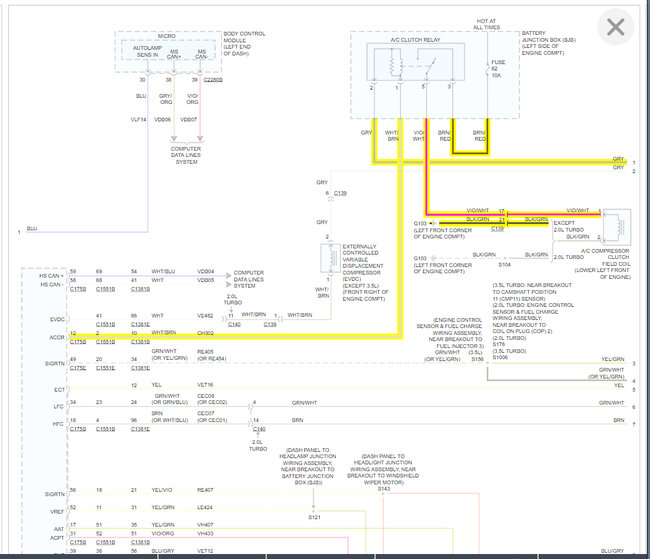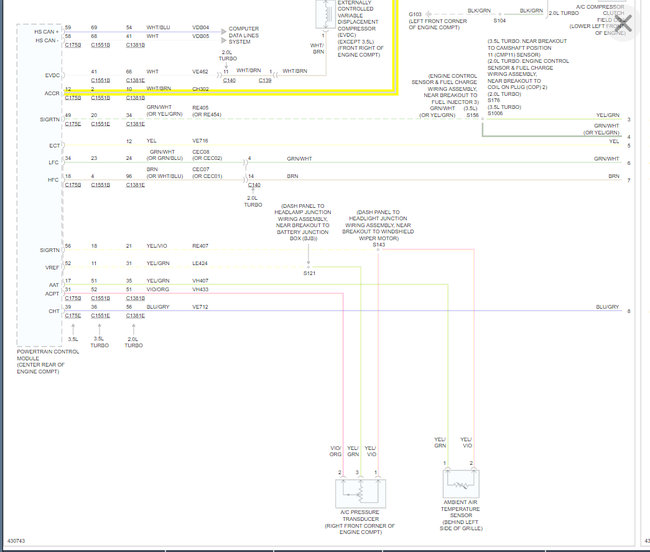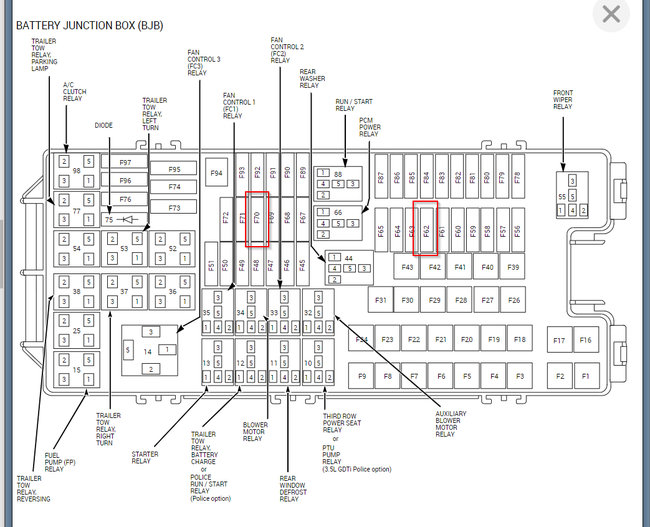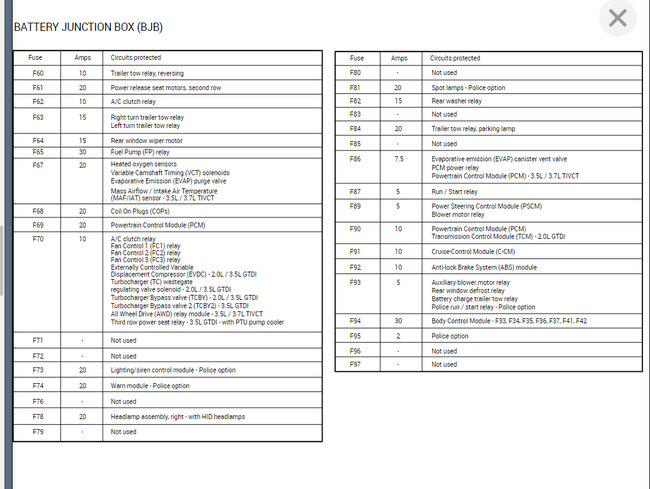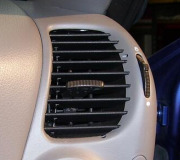Couple things we need to start with. First we need to make sure that the pressures are correct. I understand you said you checked them but most people use one of those gauges on a fill can and that is not going to be accurate enough to find out if the pressure sensor is cutting it off.
Here is a guide that will help with checking this with a gauge set:
https://www.2carpros.com/articles/re-charge-an-air-conditioner-system
If the pressures are okay, then you have a 3 wire pressure sensor so we are not able to jump it and check to find out if that is the issue.
So we need find the sensor in the front right corner of the engine (passenger side). Unplug it and turn the key on. You need check voltage from pin 1 to 3. This is the 5 volts reference and the ground going back to the module. If you have 5 volts then the module is fine.
Then the pressure signal on the module can be monitored with a scan tool where it will convert the voltage to PSI so we can see if the sensor is then reading the same as the gauges.
https://www.2carpros.com/articles/how-to-check-wiring
As for the fuse, the easiest way to check the complete operation of the electrical side is to remove the relay, turn the key on and jump pin 3 to 5 and see if the compressor clicks.
Then jump 2 to 5 and see if it clicks.
If it clicks then the electrical side is fine and you may have a control issue or relay issue.
Next we need to check the control module. You do this by removing the relay and put your red meter lead on 12 volts, then the black meter lead on pin 1 of the relay. Start the engine and turn the AC on. Does the meter read 12 volts? If it does then the control module is grounding the relay and operating properly. At that point you have a relay issue because the control module is turning the relay on but it is not responding to turn the compressor on.
If the control module is grounding the relay then all the sensors and pressures are correct so if you want to start with this then that is fine.
If not, then we need to monitor the pressure sensor to find out if we have a sensor or module issue that is not grounding the relay.
This is a lot of info. Please let me know if you have questions.
Thanks
Images (Click to make bigger)
Thursday, September 23rd, 2021 AT 8:40 AM
